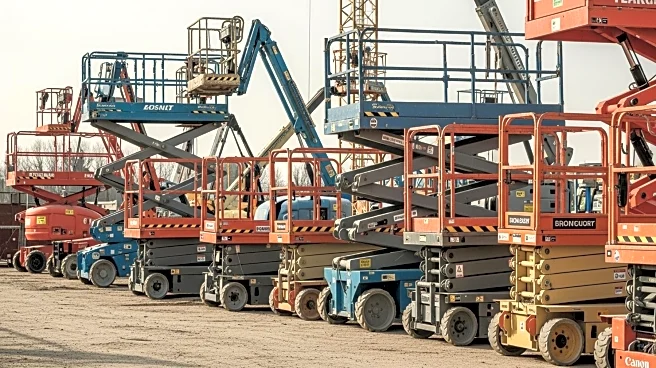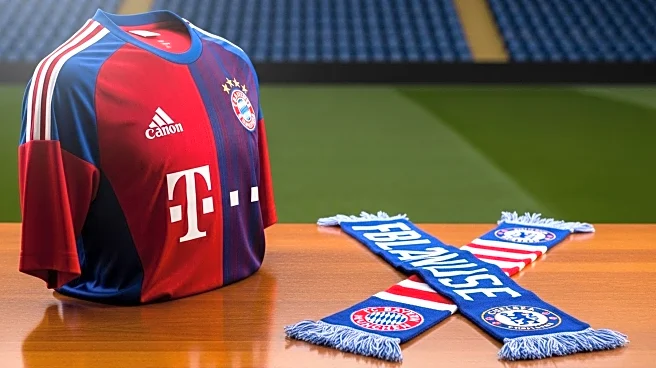What's Happening?
The International Powered Access Federation (IPAF) has issued a warning regarding the sale of construction hoists that do not comply with European safety standards. Some manufacturers are marketing equipment as 'transport platforms' that exceed the speed and capacity limits set by the EN 16719 standard. These products are being sold with claims of third-party certification, which IPAF considers misleading and dangerous. The organization emphasizes that such practices pose significant safety risks and could lead to legal liabilities for manufacturers and users. IPAF urges industry stakeholders to adhere to established standards to ensure safety and compliance.
Why It's Important?
This warning from IPAF highlights critical safety concerns in the construction industry, where non-compliance with standards can lead to accidents and legal repercussions. The use of non-compliant equipment not only endangers workers but also undermines the integrity of the industry. By drawing attention to these practices, IPAF aims to protect workers and maintain high safety standards. The statement serves as a reminder of the importance of regulatory compliance and the potential consequences of neglecting safety protocols. It also underscores the role of industry organizations in promoting safe practices and holding manufacturers accountable.
What's Next?
IPAF has indicated that if non-compliance continues, it may take formal measures, including reporting violations to national safety authorities. This could lead to increased scrutiny and enforcement actions against manufacturers and suppliers of non-compliant equipment. Industry stakeholders are encouraged to review their practices and ensure adherence to safety standards. The situation may prompt further discussions on improving regulatory frameworks and enhancing safety measures in the construction sector.
Beyond the Headlines
The issue of non-compliance with safety standards raises broader questions about the ethical responsibilities of manufacturers and the effectiveness of third-party certifications. It also highlights the need for ongoing education and awareness among industry professionals to recognize and reject unsafe equipment. The potential for legal and reputational damage serves as a powerful incentive for companies to prioritize safety and compliance.













